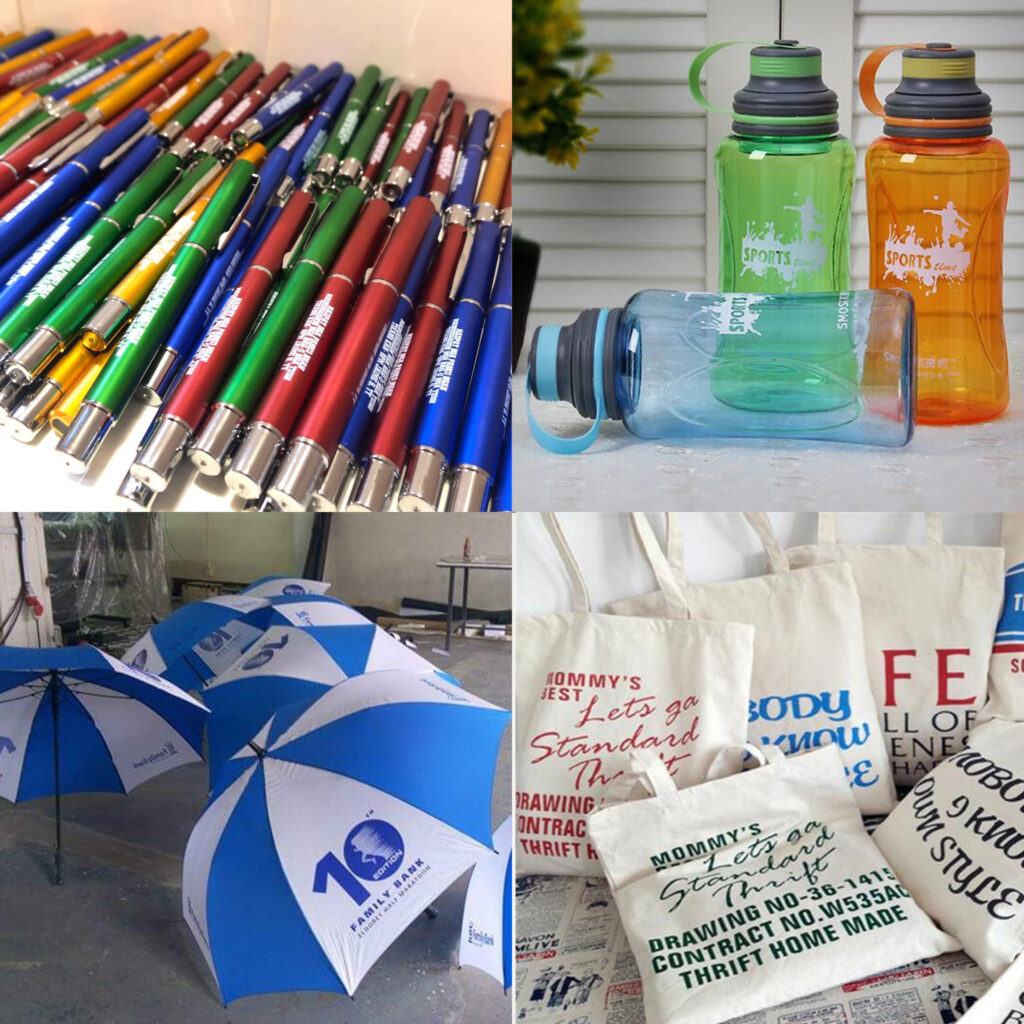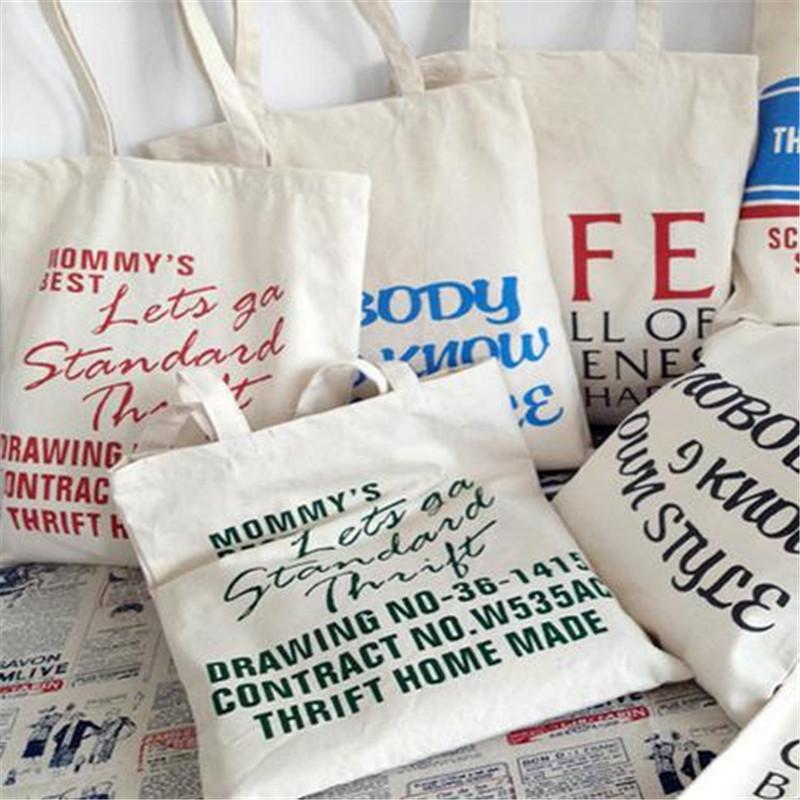
Printing 101: How Are Promotional Products Get Printed?
When it comes to marketing and brand promotion, the importance of eye-catching and memorable promotional products cannot be overstated. These tangible items, ranging from pens and mugs to T-shirts and USB drives, are powerful tools to leave a lasting impression on clients and customers. Behind the scenes, the process of bringing these promotional products to life involves intricate printing techniques that seamlessly blend creativity with functionality. Here, we’ll explore how promotional products get printed, delving into the various methods and technologies that transform raw materials into personalized and impactful items that bear the hallmark of a brand. From traditional screen printing to cutting-edge digital printing technologies, understanding the intricate steps involved sheds light on the craftsmanship and precision that go into creating effective promotional merchandise. Let’s embark on a journey through the printing processes that breathe life into promotional products and make them indispensable tools in the arsenal of modern marketing.
What is a Promotional Product?
A promotional product, often referred to as a promotional item or giveaway, is a tangible item branded with a company’s logo, slogan, or message and distributed to a target audience for promotional purposes. These products serve as effective tools in marketing and advertising campaigns, helping to enhance brand visibility, create awareness, and foster a positive impression among potential customers or clients. Promotional products come in a wide variety of forms, including pens, mugs, T-shirts, USB drives, keychains, and more. The goal is to provide recipients with a useful and branded item that they can integrate into their daily lives, thereby reinforcing the company’s presence and messaging. The strategic use of promotional products is a common practice across industries to build brand loyalty, attract new customers, and maintain a favourable brand image in the competitive marketplace.
How Do Promotional Products Get Printed?
The process of printing promotional products involves various techniques, each chosen based on factors such as the material of the item, the complexity of the design, and the desired outcome. Here is an overview of common printing methods used for promotional products:
1. Screen Printing
Ideal for items like T-shirts, tote bags, and apparel, screen printing involves creating a stencil (screen) for each colour in the design. Ink is then pushed through the screens onto the product, layer by layer, creating the final image.
Pros: Offers vibrant and durable prints on a wide range of materials, especially textile materials. It is cost-effective for large quantities.
Cons: May have limitations in terms of intricate detailing and colour gradients, and it requires separate screens for each colour, making it less cost-effective for designs with multiple colours or complex graphics. Additionally, setup and cleaning costs can be relatively high for smaller orders.
2. Pad Printing:
This method is suitable for small, irregularly shaped items such as pens, keychains, or golf balls. A silicone pad transfers the ink from an etched plate to the product’s surface.
Pros: Well-suited for small and irregularly shaped items, providing a versatile solution for products like pens and keychains. It allows for precise and detailed prints with the ability to reproduce intricate designs accurately.
Cons: Limitations in terms of print size and coverage, and it is best suited for smaller logos or text. Additionally, for multi-coloured prints, each colour must be applied separately.
3. Heat Transfer Printing:
Often used for fabrics, heat transfer involves printing a design onto transfer paper and then using heat to transfer the image onto the product. This method is popular for creating full-colour designs on apparel and bags.
Pros: Allows for high-quality, full-colour designs with intricate details on various materials. It offers flexibility for small batches and customization, making it suitable for promotional products with diverse designs.
Cons: May not be as durable as some other methods, especially with repeated washing, and they may not adhere well to certain textured or uneven surfaces.
4. Embroidery:
Common for clothing items, hats, and bags, embroidery involves stitching the design directly into the fabric using coloured thread.
Pros: Provides a professional and durable finish, giving a textured and long-lasting representation of a brand logo. It offers a timeless and upscale appearance.
Cons: Less suitable for intricate designs or detailed images, and it can be more expensive than other printing methods, particularly for larger designs or high-volume orders.
5. Digital Printing:
Suitable for items like mouse pads, magnets, and stickers, digital printing allows for high-resolution, full-colour printing directly onto the product.
Pros: Offers high-resolution, full-colour prints with the ability to reproduce intricate details and gradients on various surfaces. It is particularly advantageous for small batches and quick turnaround times without the need for extensive setup.
Cons: Limitations in terms of durability on certain materials. The quality of digital prints may also be influenced by the texture and type of the printing surface.
6. Laser Engraving:
Used for items made of metal, wood, or certain plastics, laser engraving uses a laser to remove material and create a permanent design. It is often employed for high-end promotional items such as metal pens or keychains.
Pros: Provides a precise and permanent branding solution, offering a high-end and sophisticated appearance on items. It allows for intricate detailing, and the engraved design is durable and resistant to wear, ensuring a long-lasting representation of a brand.
Cons: Limitations in terms of colour options, as it typically produces monochromatic designs, and it may not be as suitable for certain materials or surfaces. Additionally, setup costs can be relatively high, making it less cost-effective for very large production runs.
7. UV Printing:
UV printing involves using ultraviolet light to cure inks instantly. It is suitable for a variety of surfaces, including plastics, glass, and metal. UV printing provides vibrant colours and durability.
Pros: UV printing provides vibrant and durable prints on various surfaces, including plastics, glass, and metal, with the added benefit of instant curing, resulting in a quick production process. It allows for intricate and high-resolution designs, making it suitable for promotional items with detailed graphics and a wide range of materials.
Cons: On the downside, UV printing may be costlier than some other methods, particularly for larger production runs, and it might have limitations on certain textured or uneven surfaces. Additionally, the equipment and technology for UV printing can be initially expensive, impacting the overall cost of implementation.
8. Sublimation Printing:
This method is commonly used for items like mugs and mouse pads. Sublimation involves transferring a design from a printed paper onto the product using heat, causing the ink to permeate the surface for a durable finish.
Pros: Sublimation printing allows for high-quality, full-colour prints with vibrant and durable results on items like mugs and mouse pads, providing a professional and long-lasting finish. It offers the advantage of all-over printing, covering the entire surface of the product with the design for a seamless and eye-catching appearance.
Cons: However, sublimation printing is limited to products with specific coatings or materials that can accept the sublimation process, and it may not be suitable for all materials or surfaces. Additionally, it may not be as cost-effective for large production runs compared to some other printing methods.
The choice of printing method depends on the specific characteristics of the promotional product and the desired outcome. Each technique contributes to the creation of customized, branded items that serve as effective tools in marketing and promotional strategies.
Are you a printing service business owner seeking a reliable partner to bring your customers’ promotional product requests to life? Discover the perfect printing solution that aligns with your quality standards and delivery timelines. Elevate your business by ensuring every client’s branding needs are met seamlessly. Contact us today to explore how our printing services can empower your business and exceed your client’s expectations.









